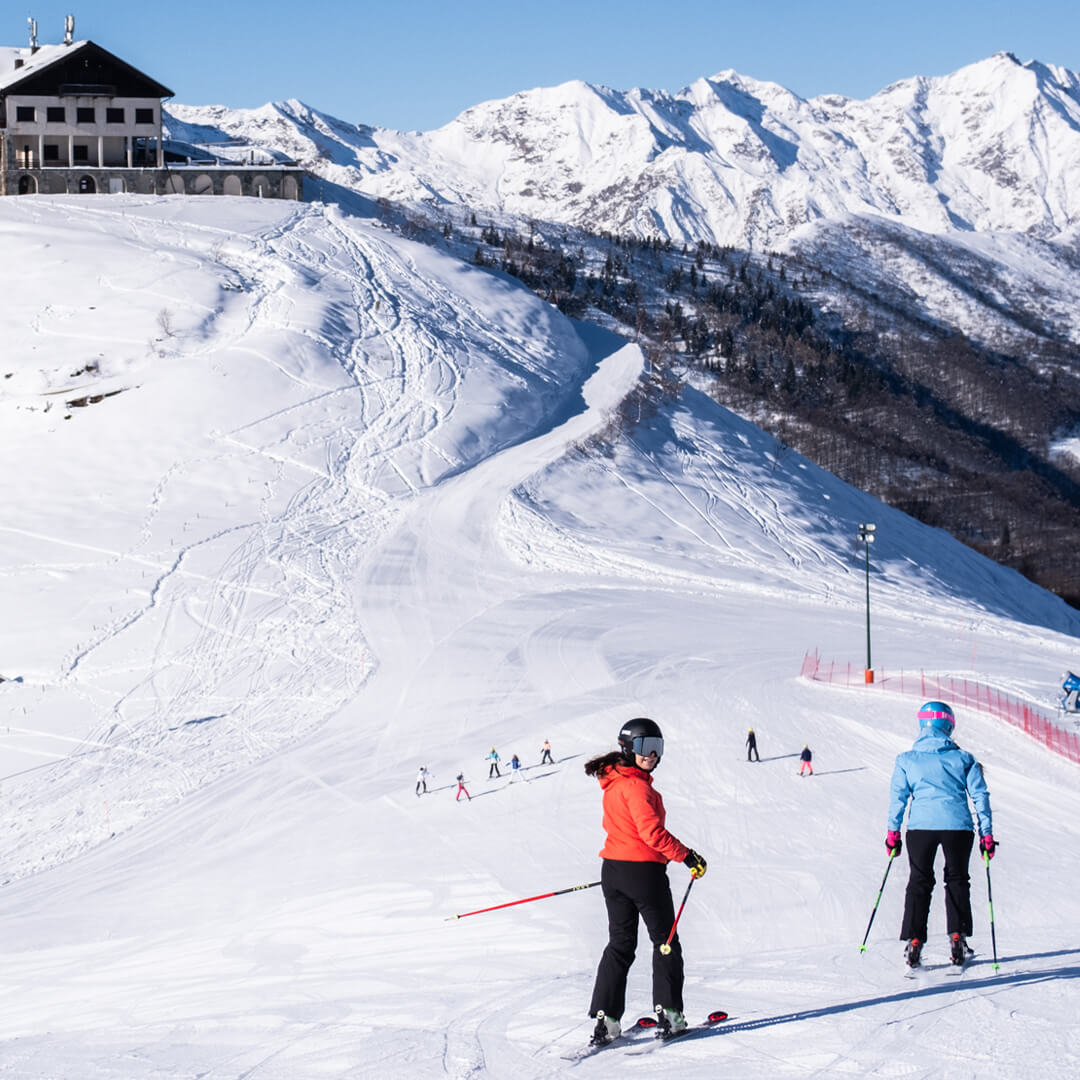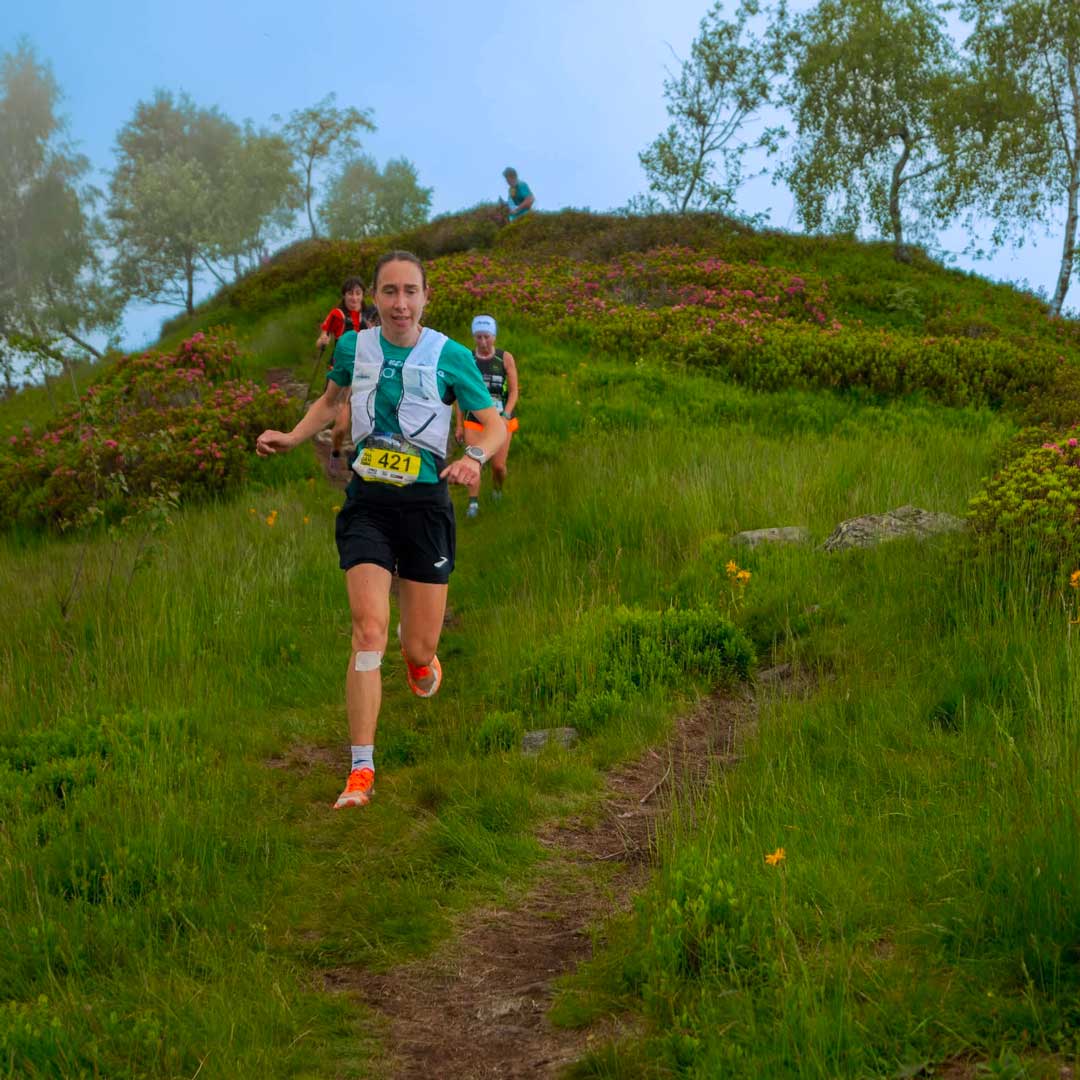GIRO D’ITALIA CLIMBS FROM THE WEST
A triptych of legendary climbs retracing sections of the Giro d’Italia, from the famed Oropa (six times a section arrival point) to the 1,448 meters of the top end through the Galleria Rosazza, to finish off with the climb to Bielmonte from the west.
Starting from the Piazzale in Bielmonte, the trail follows the Panoramica Zegna towards Valle Cervo, passing through numerous villages full of history. One of these is Sagliano Micca, birthplace of Pietro Micca, the hero who laid down his life in 1706 to enable Turin to withstand the French siege.
Oropa
On reaching Biella, the trail crosses the city on the streets used by the 2014 Giro d’Italia before attacking the climb to the Oropa Sanctuary. This climb is written in people’s memory mainly due to Marco Pantani’s legendary victory in 1999.
It is 13 kilometers overall, varies in altitude and can be seen as two distinct sections:
First part (up to the turn-off for the old road to Favaro): relatively easy, with numerous flat sections and gradients never exceeding 5.5%.
Second part (going right at the fork): here the difficulty increases drastically, with gradients often over 10%. Only in the last kilometer do a number of simpler sections enable riders to recover energy before the finish.
Arrival in the majestic square by the Oropa Sanctuary (UNESCO Heritage) involves a final effort on the characteristic cobblestone surface.
Galleria Rosazza
After a customary visit round the Sanctuary complex, designed by some of Savoy’s greatest architects (amongst whom you recognize the unmistakable style of Juvarra), the trail climbs from the Sanctuary’s square to the dark and narrow Galleria Rosazza.
This underground pass (at 1,488 meters) brings to mind the legendary tunnels of Galibier and Parpaillon (the Rosazza tunnel isn’t lit, so lights must be brought). From here, the trail drops down into Valle Cervo for the return to Bielmonte, climbing from the west.
Before the final climb to Bielmonte, it’s worth stopping off at Rosazza, the “most mysterious village in Italy”, with its enigmatic architecture and esoteric symbols that make it so unique.




